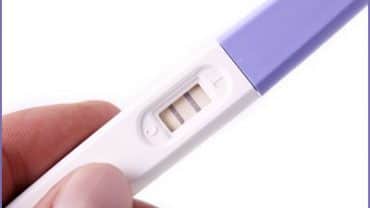Ovulation Calendar
Days 13- 16 of your cycle
Your estrogen level increases and then drops all-of-a-sudden, triggering your pituitary gland to release a surge of luteinizing hormone (LH). This causes the follicle (or sac) that contains the mature egg to burst, releasing the egg into your fallopian tube. This is when ovulation occurs.
Your BBT may actually take a slight dip the day prior to ovulation, but at the time ovulation takes place, your BBT rises and remains high until your next period (or stays elevated beyond the time you expected your period, if you became pregnant). The rise in your BBT is caused by a rise in the hormone progesterone. Your cervical mucus may be very slippery and stretchy, which helps your partner’s sperm to swim through your cervix with ease.
You may experience some light spotting and ovulatory pain around this time also, although many women don’t notice any change. “Mittelschmerz” (pain associated with ovulation), sometimes can be felt when the egg is released from your ovary. You may experience an increase in your libido during this stage in your cycle and possibly an increased energy level as well. Continue to make love with your partner, to increase the possibility of conception.
After ovulation, the egg moves down into the fallopian tube towards your uterus, to wait for one sperm to penetrate it. If sperm are present, one will break through the outer layers of the egg and complete conception. The fertilized egg will begin on it’s 7-10 day journey down the fallopian tube towards your uterus, where it will soon implant into the lining and continue to develop into a baby.



